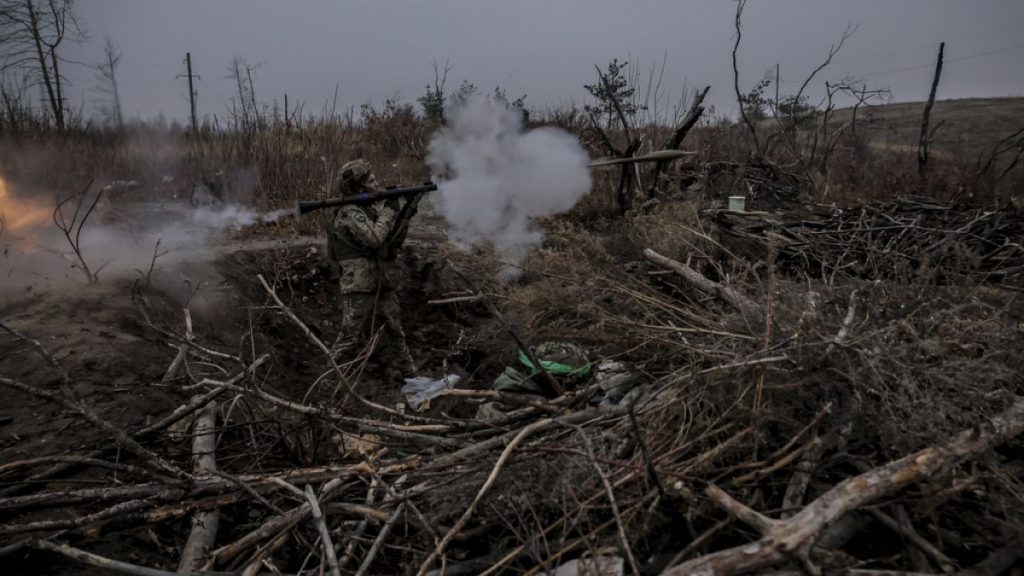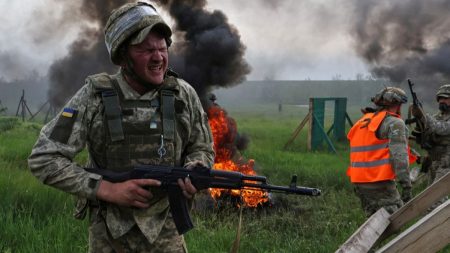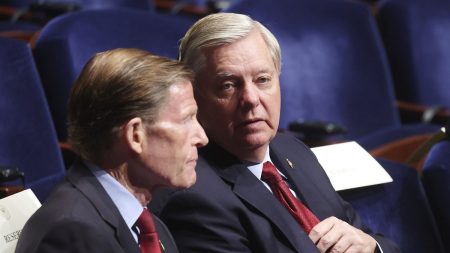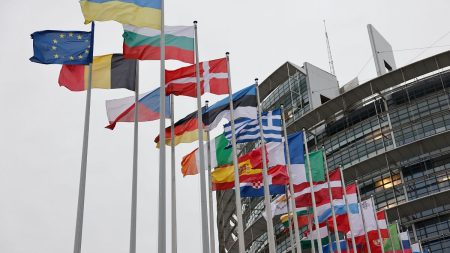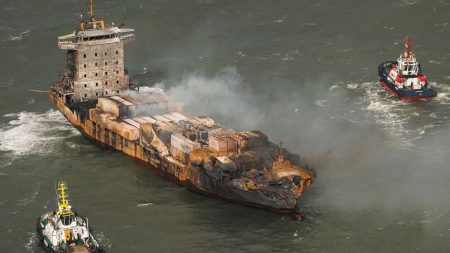The ongoing conflict in Ukraine has escalated, as Russia’s defense ministry asserts that its forces have successfully ‘liberated’ two towns in the Donetsk region. This claim coincides with Russian President Vladimir Putin’s recent approval of a military budget plan aimed at increasing defense spending to unprecedented levels by 2025. This strategic financial commitment illustrates Moscow’s efforts to sustain and potentially gain an advantage in the war, as heightened military expenditures are perceived as essential for enhancing operational capabilities and resources. As the situation evolves, Russia has taken steps to target critical infrastructure associated with Ukraine’s military, including airfields, drone assembly facilities, and various supply warehouses, indicating a persistent strategy to weaken Ukraine’s defense posture.
In a recent statement, the Russian defense ministry revealed that its military operations included the utilization of drones to target what are claimed to be Ukrainian troop positions. The ministry also reported the destruction of a Starlink communication unit during an operation. Russia has provided video evidence of drone strikes on Ukrainian positions, although independent verification of these assertions remains unconfirmed. The emphasis on drone warfare highlights a shift in modern combat strategies, where unmanned aerial vehicles play a pivotal role in reconnaissance and precision strikes, enabling forces to engage the enemy from a distance. However, while Russia maintains this offensive, European Union officials visiting Ukraine have pledged to implement further sanctions against Russia, amplifying economic pressures as part of the response to its ongoing military aggressions.
The conflict’s brutality continues to manifest in tragic civilian casualties. Ukrainian authorities reported that Russian drone strikes resulted in the deaths of at least 11 civilians and injuries to a further 51 individuals on December 1. A notable incident occurred in Kherson, where a Russian drone struck a minibus, causing multiple fatalities and injuries. The targeting of civilians and infrastructure raises severe humanitarian concerns and signifies the devastating impact of the war on the Ukrainian population. As Kherson remains a region of contention—having been illegally annexed by Russia in September 2022—this incident highlights the complex interplay of military action and civilian safety in the conflict.
The full-scale invasion of Ukraine by Russia, which commenced in February 2022, has led to significant loss and strain on resources on both sides. This ongoing conflict is now recognized as Europe’s most substantial military engagement since World War II, with both nations grappling with the extensive costs associated with war, including economic instability, social disruption, and humanitarian crises. The resource drain that has resulted from continual military operations underscores the unsustainable nature of prolonged conflict, where both nations are forced to make critical decisions that could significantly impact their future military capabilities and civilian welfare.
As military engagements continue, the repercussions extend beyond the immediate battlefield. The international community remains engaged, with European Union officials actively supporting Ukraine through the imposition of sanctions on Russia, aimed at curbing its military capabilities further. The unified response from EU members reflects a broader geopolitical landscape where alliances and enmities are continuously reshaped by the ongoing war. Additionally, the prioritization of military funding by both Russia and Ukraine signals a potential prolongation of hostilities, as each nation seeks to bolster its defenses and retaliatory capabilities in an uncertain and dangerous environment.
In conclusion, the conflict between Russia and Ukraine persists as both a humanitarian disaster and a geopolitical crisis, involving complex military strategies and significant economic implications. The recent assertions by Russia regarding military success in Ukraine and the accompanying increase in defense spending manifest a determination to assert dominance in the region. Simultaneously, Ukraine’s ongoing resistance and international support reflect the broader dilemmas faced by nations entrenched in conflict. As the war continues, the potential for further escalation remains, compelling all parties to reconsider their strategies and the costs associated with continued military engagement.




